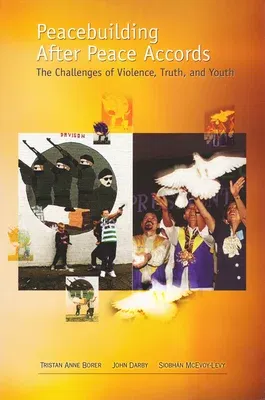During the 1990s, optimism abounded because international violence was
in decline. The number of armed conflicts decreased worldwide from more
than fifty in the early 1990s to fewer than thirty a decade later. This
drop resulted largely from negotiations leading to peace accords.
However, in a disturbingly large number of places, war was actually
succeeded not by peace but by a stalemate. Peace accords were plagued by
problems, including economic hardship, burgeoning crime, postwar trauma,
and persistent fear and suspicion. Too often, negotiated settlements
merely opened another difficult chapter in the peace process, or worse,
led to new phases of conflict.
This disappointing record is the subject of a multiyear project
conducted by the University of Notre Dame's Research Initiative on the
Resolution of Ethnic Conflict (RIREC). Located at the Joan B. Kroc
Institute for International Peace Studies, RIREC explored three
significant challenges of the postwar landscape: the effects of violence
in internal conflicts after peace agreements have been signed; the
contributions of truth-telling mechanisms; and the multidimensional
roles played by youth as activists, soldiers, criminals, and
community-builders. The project led to the 2006 publication of three
edited volumes by the University of Notre Dame Press: John Darby's
Violence and Reconstruction; Tristan Anne Borer's Telling the Truths:
Truth Telling and Peace Building in Post-Conflict Societies; and
Siobhán McEvoy-Levy's Troublemakers or Peacemakers? Youth and
Post-Accord Peace Building.
In Peacebuilding After Peace Accords, the three editors revisit the
topics presented in their books. They examine the dilemmas each of the
three challenges presents for postwar reconstruction and the
difficulties in building a sustainable peace in societies recently
destabilized by deadly violence. The authors argue that researchers and
practitioners should pay greater attention to these challenges,
especially how they relate to each other and to different post-accord
problems. A foreword by Archbishop Emeritus Desmond Tutu sets the
context for this volume, and an afterword by Eileen Babbitt reflects on
its findings.


